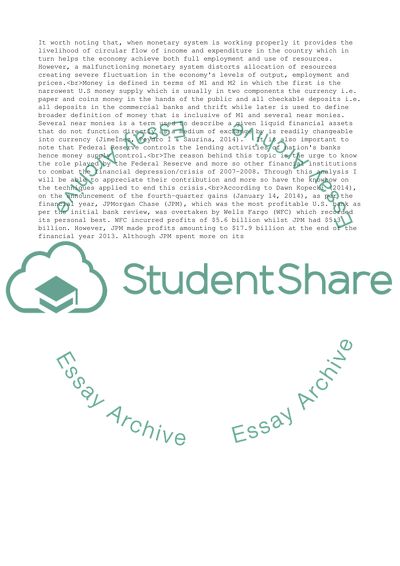Cite this document
(JP Morgan chase bank Essay Example | Topics and Well Written Essays - 1750 words, n.d.)
JP Morgan chase bank Essay Example | Topics and Well Written Essays - 1750 words. https://studentshare.org/finance-accounting/1819181-jp-morgan-chase-bank
JP Morgan chase bank Essay Example | Topics and Well Written Essays - 1750 words. https://studentshare.org/finance-accounting/1819181-jp-morgan-chase-bank
(JP Morgan Chase Bank Essay Example | Topics and Well Written Essays - 1750 Words)
JP Morgan Chase Bank Essay Example | Topics and Well Written Essays - 1750 Words. https://studentshare.org/finance-accounting/1819181-jp-morgan-chase-bank.
JP Morgan Chase Bank Essay Example | Topics and Well Written Essays - 1750 Words. https://studentshare.org/finance-accounting/1819181-jp-morgan-chase-bank.
“JP Morgan Chase Bank Essay Example | Topics and Well Written Essays - 1750 Words”. https://studentshare.org/finance-accounting/1819181-jp-morgan-chase-bank.


